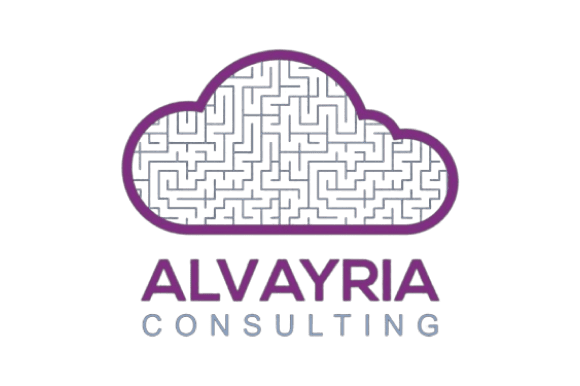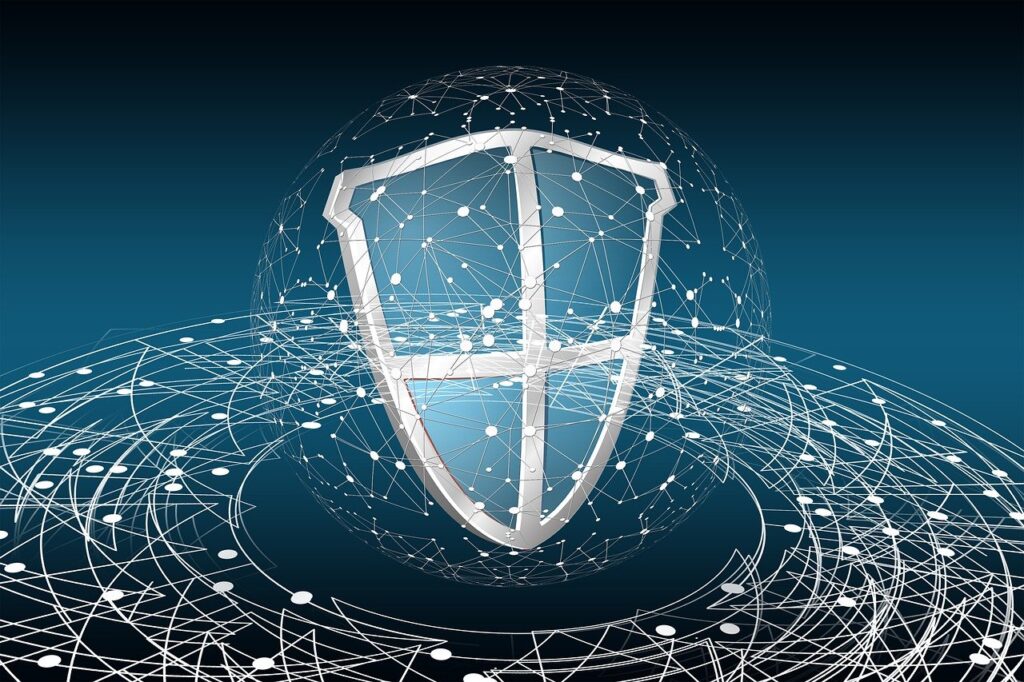As we step into 2024, businesses all over the world consider cybersecurity one of the major concerns. The digital world is dynamic and constantly evolving, and with it, the tactics of cybercriminals. From automated attacks using artificial intelligence to ransomware as a service, the threat landscape has become even more sophisticated. Here is an article looking at some of the top cybersecurity trends for 2024 and what you can do to secure your business against these.
The Evolving Threat Landscape
Rise of AI-Powered Cyberattacks
Among the alarming trends of 2024 is an increase in the use of artificial intelligence by cybercriminals. Artificial intelligence is increasingly coming in handy to automate and upscale attacks. It is making it quite difficult to identify and prevent them. For example, malware becomes AI-driven so that it can adapt and get out of the way of any traditional security measure. In contrast, phishing schemes become even more prominent and highly targeted. Businesses have to realize that old security mechanisms will no longer be sufficient in fighting these advanced threats.
Additional Targeting of Distant Workings
With this shift to remote work that has been fast-tracked by the COVID-19 pandemic, it also comes with new vulnerabilities for cyber attacks. People often neglect security in home networks and personal devices compared to the robust measures in corporate environments. This neglect eventually makes them prime targets for cyber attackers. Therefore, in 2024, businesses must focus on remote work cybersecurity through strong encryption, multi-factor authentication, and regular security training.
Ransomware as a Service (RaaS) Revenue Growth
Ransomware is becoming ever more sophisticated. Yet, in 2024, what really took off was the practice of Ransomware as a Service: suddenly even low-skill hackers became capable of making ransomware attacks by buying off-the-shelf software and services from more experienced cybercriminals. The resulting increased RaaS availability leads to an increase in ransomware incidents with catastrophic effects for companies of any size.Companies need to invest in robust backup solutions and continually keep updating their security protocols to escape from such attacks.
2024 Key Cybersecurity Trends
Zero Trust Architecture
By 2024, Zero Trust will emerge as the foundational element of cybersecurity strategies. Unlike classical security models that assume everything inside the network is safe, Zero Trust operates on “never trust, always verify.” It reduces inside threats by continuous verification and validation of the identity and integrity of the user and device, regardless of location. A Zero Trust implementation should thus enable a business to be safe from threats of an inside or outside nature.
Increased Focus on Cloud Security
The need for the security of cloud environments grows with more business operations going digital and into the cloud. Businesses are facing cloud security challenges in data breaches, misconfigurations, and unauthorized access. In 2024, encryption, access control, and regular security audits are some of the most prioritized practices by businesses to secure their cloud infrastructure. The first two come hand in hand with partnering with cloud providers who offer enhanced security features and keeping abreast with the latest in cloud security practices.
Expansion of Regulatory Compliance Requirements
With an ever-growing emphasis on data protection measures, regulatory compliance is now more critical than ever. There are new sets of rules and regulations coming out globally; with non-compliance, involves heavy fines and questions about your reputation. Businesses in 2024 must understand the new laws introduced from different parts of the world that are relevant to their sector and jurisdiction The important point is the need for robust compliance programs and regular audits in order to keep pace with the changing standards.
Strategy To Protect Your Business
Putting Advanced Threat Detection and Response into Action
The threats increase in 2024 and grow more sophisticated; therefore, advanced detection and response systems have become a necessity for any business, no matter its size. The system needs to be ML and AI-enabled, which will detect and respond to the threat in real-time, hence minimizing possible damage from such cyber threats. Investment in these technologies will ultimately provide another level of security that is pertinent in the current threat landscape.
Endpoint Security Fortification
This has brought new urgency for the security of endpoints such as laptops, smartphones, and tablets since cases of mobile devices for remote working have been on a strong surge. Companies are recommended to use EDR solutions, enforce strong password policies, and ensure that all devices accessing their corporate networks are up-to-date with the latest updates and patches.
Regular audit and penetration testing
The business needs to undertake security audits and penetration testing periodically to stay ahead of cyber threats. Identifying security holes in the infrastructure is crucial for patching them before they can be compromised. Adopting a proactive approach in the testing of security would equate to a strong defense from cyberattacks.
Conclusion
Even as cyber threats continue to change their forms, businesses need to stay vigilant and proactive against them. These highlighted trends call for tough security measures while ensuring regulatory compliance and fostering employee awareness of possible risks. Your business will be safeguarded from threats with an effective posture in data protection by applying the discussed strategies.







